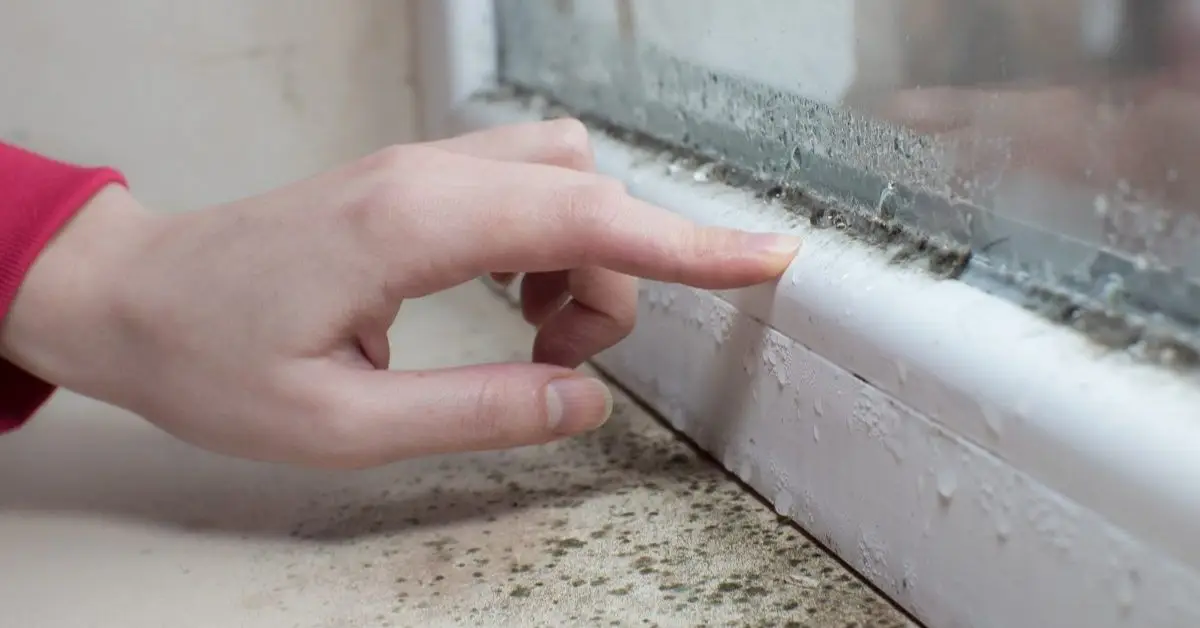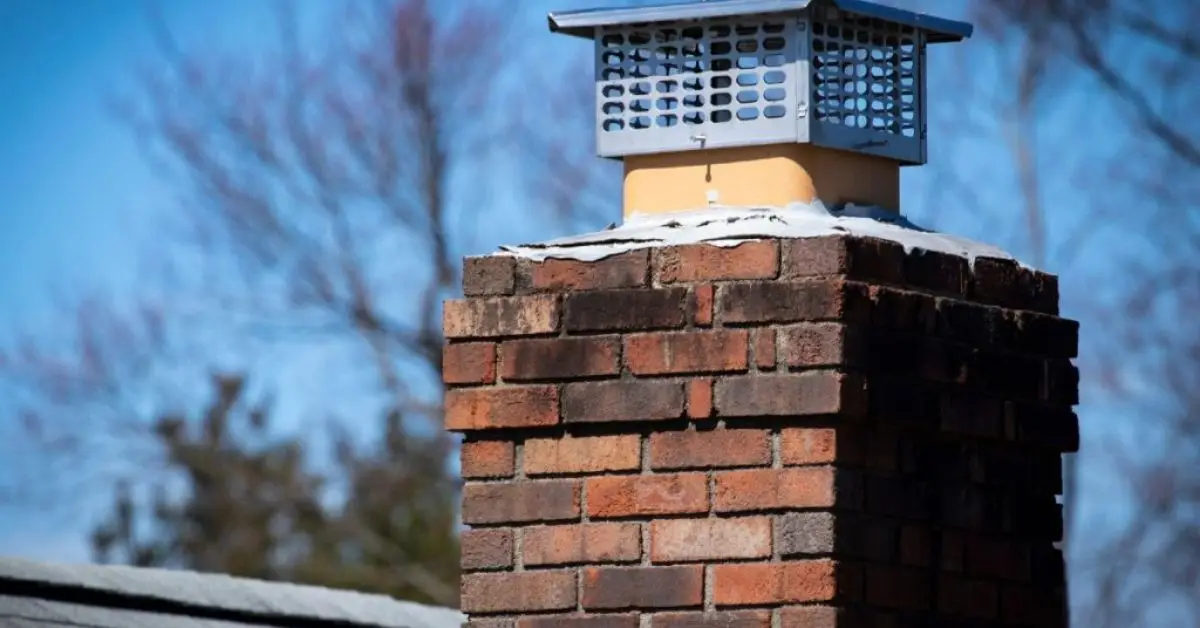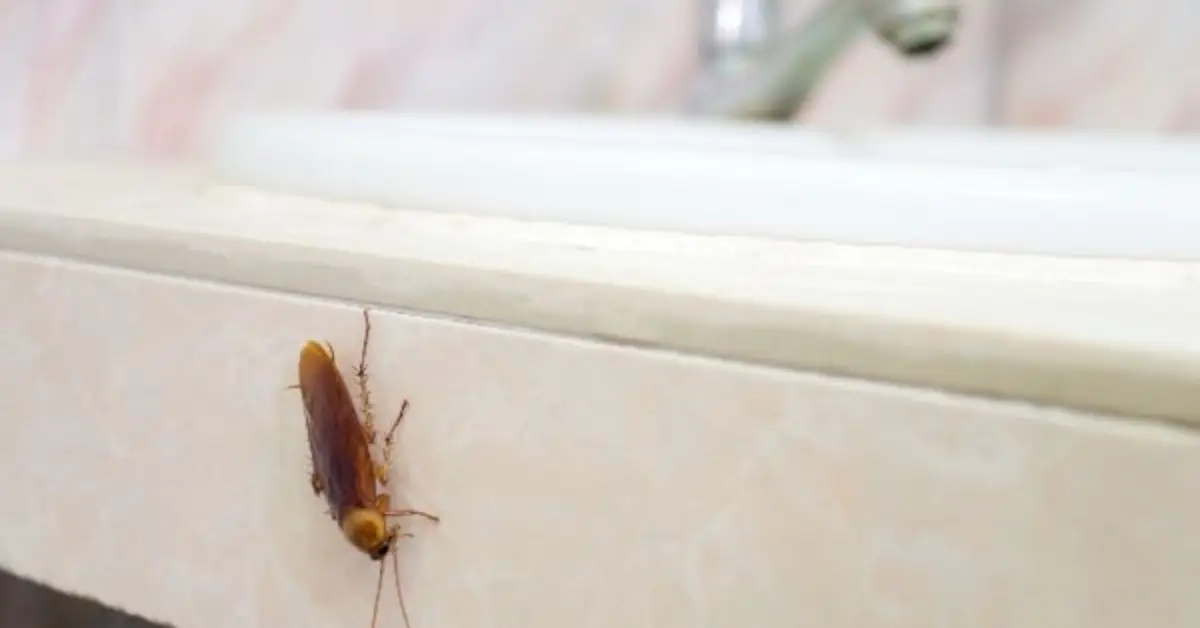Top 5 Places Where Pests Hide in Your Home—and How to Block Them
You’ve probably noticed it before—pests creeping around your home, seemingly appearing out of nowhere. But the truth is, they didn’t just magically show up. They found their way inside through common entry points you might be overlooking.
Knowing where and how these pests are getting in is the first step toward taking back control of your space. Whether it’s tiny cracks in the walls, gaps in your windows, or even your chimney, pests have a knack for sneaking in unnoticed. And once they’ve found their way in, getting rid of them becomes a bigger challenge.
In this article, I’m going to walk you through the five most common pest entry points that homeowners often miss. By the end, you’ll know exactly where to look and what to do to seal those gaps before they become a full-blown infestation. Ready to protect your home from unwanted guests? Let’s dive in!
1: Gaps in Doors and Windows

You might not give it much thought, but those tiny gaps around your doors and windows could be letting in a whole host of pests. Whether it’s the ants marching across your kitchen or a spider making a web in the corner, these openings are the perfect entry points. And it’s not just the smaller pests; termites can slip through these unnoticed gaps, making their way to your walls and wooden structures.
So, why do these gaps matter? Let’s break it down:
- Ants: These relentless little creatures can enter through the smallest crack. Once they find a way in, they quickly establish a trail, making your home their next destination.
- Spiders: Spiders are not picky. They can slip through cracks or gaps that are too small for you to even notice, often finding their way into your bathroom or basement.
- Termites: You may not see them, but termites could be lurking, slowly feasting on your wooden structures, damaging the very foundation of your home.
While you’re sealing the gaps around your doors and windows, don’t forget about the pests that can sneak inside, like fleas. Fleas can also find their way into your home through tiny openings. Be sure to address those gaps effectively to keep all kinds of pests out.
Now, how do you stop them in their tracks?
Here’s the good news: It’s easy to seal up these entry points with a few simple solutions:
- Weatherstripping: This is one of the easiest and most effective ways to seal gaps around your windows and doors. You can find weatherstripping kits at most hardware stores, and it’s super simple to install. It creates a barrier that prevents pests from sneaking through.
- Door Sweeps: Often overlooked, door sweeps are installed at the bottom of doors. They block gaps that are big enough to let pests in. It’s a quick fix that makes a huge difference.
- Caulking: For those tiny cracks in the walls or around window frames, a good quality caulk can do wonders. It’s perfect for sealing up those small but sneaky gaps that let pests in.
Expert Tip: “Ensure a tight seal around all doors and windows, especially as the colder months approach. Pests often seek warmth inside your home during winter, making it even more crucial to keep those gaps sealed tight.”
Don’t let something as simple as a small gap invite pests into your space. Check out this guide on sealing doors and windows to learn more about the tools and techniques that can help you protect your home.
Sealing these gaps might take a little time, but it’s one of the most effective and budget-friendly ways to keep your home pest-free. So, go ahead and take a look at those windows and doors—you might be surprised at what you find.
2: Cracks in Walls and Foundations
You may think of cracks in your walls or foundation as mere cosmetic issues, but they could be a major gateway for pests. These cracks, especially in older homes, can be hard to notice but they’re often large enough for rodents, cockroaches, and termites to sneak through.
Let’s look at the common culprits:
- Rodents: Mice and rats love finding small cracks in the foundation to enter your home, looking for food and warmth. Once inside, they can quickly multiply and cause serious damage to wires, insulation, and even your personal belongings.
- Cockroaches: These resilient pests can squeeze through the smallest cracks, often making their way into your kitchen, bathroom, or basement. Cockroaches are known to carry diseases and can be difficult to get rid of once they’ve established a presence.
- Termites: Termites are sneaky. They often enter through cracks in your foundation and begin feasting on the wooden structures inside your walls. Over time, they can cause severe damage that goes unnoticed until it’s too late.
Cockroaches love hiding in cracks as well. To prevent them from taking over, you can follow some DIY methods for a roach-free living that don’t require expensive chemicals. This approach complements sealing those cracks around your home.
How can you protect your home from these pests?
Here’s how you can seal up those cracks and avoid an infestation:
- Regular Foundation Inspections: Especially in older homes, cracks in the foundation are common. It’s important to inspect your foundation regularly for visible cracks or signs of damage. Look around your walls, floors, and around the perimeter of your home.
- Use Caulk or Foam Filler: For smaller cracks, applying a good quality caulk or foam filler can effectively seal them off. This is an affordable and easy DIY fix to stop pests from getting inside.
- Foundation Repairs: For larger cracks, consider hiring a professional to repair the foundation. In some cases, the cracks might require specialized treatment to ensure they’re sealed properly.
Pro Tip: Regular maintenance is key to preventing pest problems, particularly for homes with aging foundations. Sealing cracks promptly can save you from bigger pest problems down the line.
By staying on top of foundation maintenance, you’ll keep your home safe from these destructive pests. Don’t wait for an infestation to happen—take action now.
3: Chimneys and Vents

We all love a warm fire on a cold night, but if you’re not careful, your chimney could be offering more than just warmth—it could be giving pests easy access to your home. Chimneys and vents are some of the most commonly overlooked entry points for larger pests, and unfortunately, many homeowners fail to realize how vulnerable these areas are.
Common pests that can enter through chimneys and vents include:
- Squirrels: These little creatures often find chimneys a cozy place to nest. They can easily climb into your chimney and make themselves at home in your attic, causing damage to wires, insulation, and even nesting inside the ducts.
- Raccoons: Known for their curiosity, raccoons will use chimneys and vents as entry points to access your attic or walls. Once inside, they can create a mess and sometimes even cause structural damage.
- Birds: Birds, such as starlings, can often be found nesting in vents, which can block airflow and cause serious issues with your HVAC system.
We’ve talked about the importance of blocking pests like squirrels, raccoons, and birds from your chimney and vents. If you’re already thinking about making your home pest-free, don’t forget the importance of keeping it spider-free as well. This can help make sure no other unwelcome visitors take shelter in those cozy spots, especially during colder months.
Here’s how to keep these pests from getting in:
- Install Mesh Screens on Vents: Mesh screens are a great solution to block pests from entering through your vents. They’ll let air flow through but keep larger animals out.
- Chimney Caps: A chimney cap is a simple addition that prevents animals from entering while still allowing smoke to escape. This is a quick and effective way to safeguard your chimney from pests.
- Repair Vent Openings: If you notice any gaps or damage around your vents, make sure to repair them as soon as possible. A small hole could become an easy pathway for pests to enter.
Expert Tip: “A clean chimney with a proper cap and well-maintained vents are essential in keeping unwanted guests out of your home.”
For more details on protecting your home from wildlife entering through vents, visit this guide on preventing wildlife entry.
By paying attention to your chimneys and vents, you can avoid a costly and disruptive pest infestation.
4: Roof and Attic Gaps
Your roof might be the last place you think of when it comes to pest prevention, but it’s actually one of the most common entry points—especially after a storm. Wind, rain, and debris can create gaps and cracks in your roof, offering pests a direct route into your attic and home. Once pests have made their way in, they can wreak havoc, chewing through wires, insulation, and even making nests in the attic.
Common pests that enter through the roof and attic include:
- Rodents: Mice and rats love to nest in the warmth of your attic. They often find entry through gaps in the roof or vents. If left unchecked, they can multiply quickly and cause damage to your home.
- Bats: While they might seem harmless, bats can bring diseases like rabies. They tend to enter homes through cracks in the roof or around attic vents.
- Insects: Termites and other insects can slip in through even the smallest cracks in the roof, leading to serious structural damage over time.
So, how can you keep these pests out?
- Install Weatherproof Barriers: Weatherproof barriers are essential for protecting your roof from storm damage. These barriers help seal off gaps and cracks that pests could use to enter your attic.
- Repair Roof Shingles: After a storm, inspect your roof for damaged shingles. Even a small crack or missing shingle can provide a way for pests to get inside.
- Keep Gutters Clean: Clogged gutters can create pools of water that attract pests. Keeping gutters clean and free of debris will help prevent these waterlogged areas from becoming a breeding ground for insects and rodents.
Key Advice: “Make sure to keep your attic vents screened, and perform quick repairs after any storms. This will prevent pests from finding their way in through the roof.”
Protecting your roof and attic from pests isn’t just about sealing cracks—it’s about being proactive with regular maintenance. With a few simple steps, you can avoid costly pest problems down the road.
5: Pipes and Plumbing Fixtures

It’s easy to forget about the gaps around your plumbing fixtures, but did you know they can be a prime entry point for pests? These gaps around pipes offer pests an easy pathway into your home, especially in kitchens, bathrooms, and basements where plumbing is abundant.
Common pests that enter through plumbing fixtures include:
- Cockroaches: Cockroaches are notoriously resilient. They can squeeze through tiny gaps around pipes and easily invade your kitchen or bathroom, making your home a perfect breeding ground.
- Ants: Like cockroaches, ants love to find food and water, and they often enter homes through gaps around plumbing fixtures.
- Termites: Termites can follow the trail of moisture from leaking pipes, entering your home and causing damage to the wooden structures inside your walls.
How can you seal up these entry points?
- Seal Around Plumbing Pipes: Use caulk or foam to seal any gaps you find around your pipes. This will prevent pests from getting inside, and it’s a simple fix you can do yourself.
- Check for Leaks: Water leaks not only create a favorable environment for pests but also attract them. Be sure to fix any leaks around your plumbing fixtures to avoid attracting ants, cockroaches, or termites.
- Install Mesh at Entry Points: For larger gaps, install mesh or screens that allow airflow but block pests from entering your home.
Tip: “Don’t just focus on sealing the gaps—check for leaks regularly. Even small amounts of moisture can be enough to attract pests.”
By taking a few preventive measures, you can make sure your plumbing system doesn’t become a highway for pests looking to invade your home.
For more on sealing plumbing gaps and preventing pest infestations, check out this Pest Control Guide.
Plumbing issues might seem small, but leaving them unchecked can lead to a major pest problem. A quick inspection and simple fixes can make a huge difference in keeping your home pest-free.
Conclusion: Simple Steps for a Pest-Free Home
Now that we’ve covered the most common pest entry points, let’s recap the simple steps you can take to protect your home from unwanted visitors:
- Gaps in Doors and Windows: Use weatherstripping, door sweeps, and caulk to seal those tiny gaps that pests love to sneak through.
- Cracks in Walls and Foundations: Regularly inspect your home’s foundation for cracks and seal them with caulk or foam filler to prevent rodents, cockroaches, and termites.
- Chimneys and Vents: Install mesh screens and chimney caps to keep larger pests like squirrels and raccoons out.
- Roof and Attic Gaps: Repair roof shingles, clean your gutters, and install weatherproof barriers to prevent pests from entering through the roof.
- Pipes and Plumbing Fixtures: Seal gaps around plumbing pipes, fix leaks, and use mesh to block pests from entering your home through plumbing lines.
These steps are straightforward and effective, and they don’t require much time or money. By taking action now, you can significantly reduce the chances of pests invading your home and causing damage.
Take charge of your home’s pest prevention—block these entry points today!
Remember, pest-proofing your home is an ongoing process, so make sure to stay proactive with regular checks and maintenance. If you have any questions or want to share your pest prevention tips, leave a comment below!
For more helpful home improvement advice and pest control tips, visit Build Like New.
Disclaimer: The information provided in this article is for general guidance and informational purposes only. For serious pest infestations or structural concerns, we recommend consulting a professional pest control service or contractor.


